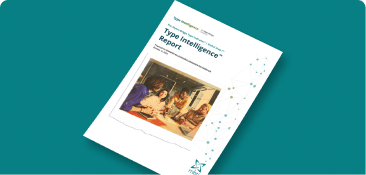- Knowing your four-letter type is just the first step. Type Intelligence about applying type daily to drive the best outcomes.
- We’ve combined soft skills through the lens type so you can instantly customize your development
- Individual and group coaching becomes even more powerful with personalized action planning
Exploring the MBTI
Introducing Type Intelligence™ powered by The Myers-Briggs Type Indicator®
Want to take the MBTI yourself ? click here
Top Reports
Type Intelligence Report ™

Combines individual type preferences and a range of soft skills insights to support development outcomes.
Download Sample
Teams Report

Lorem ipsum dolor sit amet, consectetur adipis cing elit, sed do eiusmod tempor incididunt ut labore et dolore magna aliqua.
Download Sample
Interpretative Report for Organizations

Lorem ipsum dolor sit amet, consectetur adi piscing elit, sed do eiusmod tempor incididunt ut labore et dolore magna aliqua.
Download Sample








